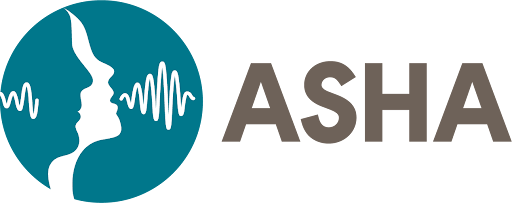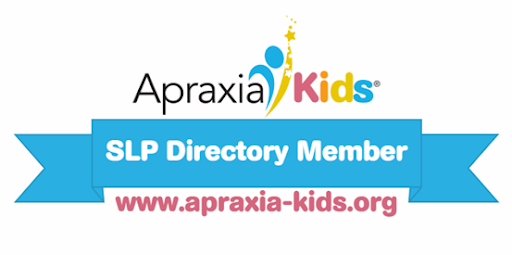Joint Attention and ASD
Joint attention, or “shared attention,” refers to when two people focus on the same thing. Joint attention is a skill that begins to emerge around 9 months and is typically established by around 18 months. It serves as a referencing tool that helps individuals communicate, but it also helps develop crucial social skills such as bonding and perspective taking.
While more research needs to be done on this correlation, initiation of joint attention could be an important factor in identifying the need for early assessment and treatment for children with ASD.
The ASHA Leader highlighted new research which suggests that the rate at which infants seek to initiate joint attention at 10 months can be linked to the diagnosis of ASD at 36 months. Researchers from Sweden’s Uppsala University and Karolinska Institute examined the joint attention skills of 112 infants (81 of which were at familial risk for ASD) at 10, 14 and 18 months using live eye-tracking technology during play interactions with their parents. During follow-up appointments at 36 months, 22 children were diagnosed with ASD. Results indicate that infants who were later diagnosed with ASD initiated joint attention significantly less at 10 months than other children. Those infants responded to initiation attempts of their parents, but did not often seek to establish moments of joint attention on their own.
For more information about the method and results of the study visit the following:
Biological Psychiatry (bit.ly/IJA-ASD)
ASHA Leader (https://leader.pubs.asha.org/doi/10.1044/leader.RIB2.24082019.17)
Get a Free Online Assessment
Looking for an expert opinion on your child's needs? Fill out a 3 minute questionnaire and receive a personal evaluation from our staff
By submitting this form, you are consenting to receive marketing emails from: . You can revoke your consent to receive emails at any time by using the SafeUnsubscribe® link, found at the bottom of every email. Emails are serviced by Constant Contact


